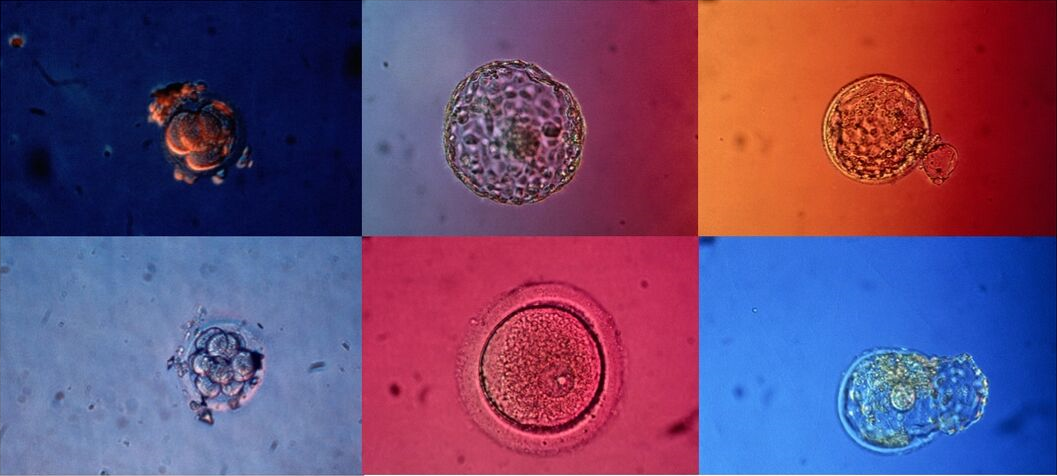On 27 November the research team hosted an advisory board lunch and meeting where we discussed the progress of the project so far. Manuela Perrotta introduced the background to the research framing and design, followed by short presentations on the fieldwork completed. I summarised the interviews with IVF patients and Alina Geampana talked about the professional interviews and lab observation work. The advisory board consists of individuals with a wide range of multidisciplinary expertise, which elicited lots of constructive questions, comments and recommendations that we will take forward. We are excited to further explore the opportunities that come with being exposed to – and challenged by – perspectives, methods and literature from other disciplines and fields of research.
Tag: Research
For the last couple of years, the research team has attended the annual Fertility Show in London. Now in its tenth year of existence, the Fertility Show has emerged as a key event for people who are interested in learning more about family making, infertility and the world of fertility treatment. This year, which also marks the 40th anniversary of IVF, the show hosted over 100 exhibitors from the UK and beyond, over 50 seminars, and thousands of visitors over the course of the weekend. All sorts of exhibitors were present; ranging from clinicians, doctors and practitioners who specialise in all aspects of reproductive health and medicine, advice groups, trusts and charities, financial and legal consultants, lifestyle and nutrition advisors, holistic therapists, acupuncturists, and many more.
For the research team, being at the Fertility Show is a chance to learn about technological innovations that are taking place in the world of IVF as well as how these are presented to people who are considering this type of fertility procedure. In other words, the show offers an insight into how professionals communicate their expertise to the non-expert ‘general public’, which can tell us something important about how science and technology ‘operate’ in the world. In practice, we divided ourselves across the two days to attend seminars, explore the stands, talk to fertility professionals and collect written material, such as flyers and information booklets, to add to our growing archive.

While the quantity of printed material can be overwhelming, as a collection it tells us a lot about how the possibilities and technologies of conception are dynamic and continuously evolving. Of special interest to me is how imagery and visual aids are used to communicate information. This includes medical illustrations, diagrams, charts, ultrasound imagery and product images, as well as all the other photographs that are used to frame information in very particular (and sometimes quite peculiar) ways. The most obvious observation with regards to the latter is the proliferation of pregnancy images, which often focus on the ‘baby bump’, and pictures of the wished-for child. Broadening out we might think about how this visual material presents male and female reproductive bodies differently or about the assumptions that are made about what constitutes a ‘family’ in this context.
Talking to people at the show is also an opportunity to tell them about our research, which often involves challenging ourselves to effectively explain the value of social science in an otherwise heavily medicalised field. This is not an unfamiliar contention for researchers who employ qualitative methods, such as interviews, visual analysis and ethnographic observation, as opposed to research methods that are associated with the ‘hard sciences’, which often involve quantification.
Needless to say, medical and scientific research is absolutely fundamental to the advancement of effective and safe fertility treatment. But as social scientists we are equipped with tools that allow us to offer differently nuanced pictures of the everyday practices through which scientific knowledge is made, and how these processes of knowledge production and translation are regularly tied up with social, cultural, relational and emotional dimensions of lived experience that are rooted in particular contexts. This kind of insight is particularly important as new technologies are introduced and negotiated by both IVF professionals and patients – what do these technologies mean to people and how are they made sense of?
In addition to exploring and learning at this year’s show, being in this environment provokes considerations that should be at the forefront of any research project: about what our research can offer and how to communicate its value to others.
